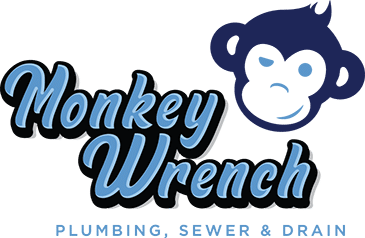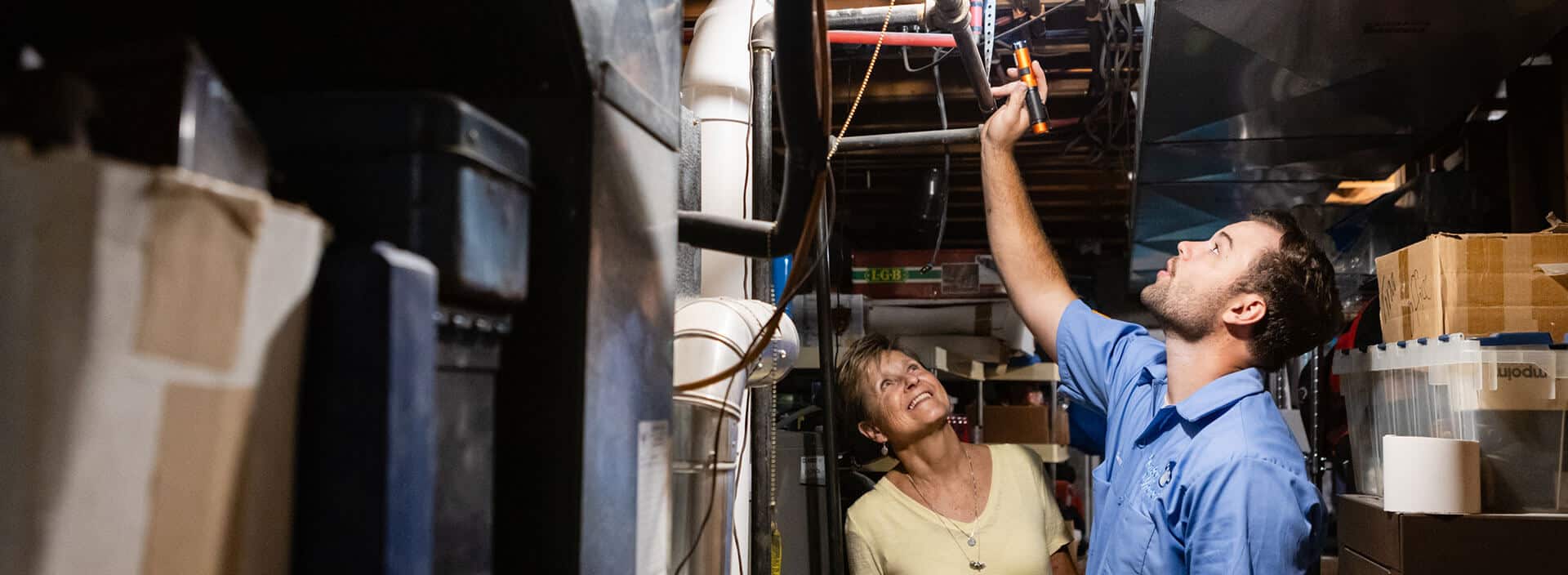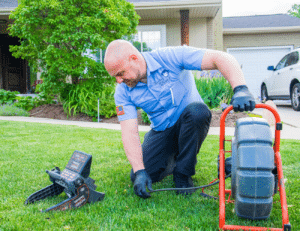Navigating the intricacies of Salt Lake City’s plumbing codes can be a daunting task for homeowners. These regulations are essential for ensuring the safety, efficiency, and sustainability of plumbing systems within homes. Understanding these codes can help homeowners make informed decisions, whether they’re undertaking a new construction project, renovating an existing property, or simply maintaining their home’s plumbing system. This blog aims to demystify Salt Lake City’s plumbing codes, providing homeowners with the knowledge they need to navigate these regulations confidently.
Introduction to Salt Lake City Plumbing Codes
Salt Lake City, like many urban areas, has specific plumbing codes that must be adhered to by homeowners and professionals alike. These codes are designed to ensure that all plumbing work meets minimum safety and functionality standards. They cover a wide range of topics, from pipe materials and sizes to the installation of fixtures and appliances that use water.
Why Plumbing Codes Matter
Plumbing codes are not just bureaucratic red tape; they serve several crucial purposes:
- Health and Safety: Properly installed plumbing prevents the contamination of drinking water and ensures the safe removal of waste, thereby protecting public health.
- Property Protection: Adhering to plumbing codes helps prevent water damage and other property issues that can arise from faulty plumbing work.
- Environmental Conservation: Many codes now include provisions for water conservation and sustainable practices, helping to reduce waste and preserve natural resources.
Key Aspects of Salt Lake City Plumbing Codes
While plumbing codes can be complex, there are several key areas that homeowners should be aware of:
- Permit Requirements: Before starting any significant plumbing work, it’s important to determine if a permit is required. This often depends on the scope of the project.
- Approved Materials: The codes specify which materials can be used for pipes, fittings, and other components, ensuring that they meet quality and safety standards.
- Installation Standards: There are detailed requirements for how plumbing systems must be installed. This includes the layout of pipes, the installation of fixtures, and the ventilation of the plumbing system.
- Water Conservation: Salt Lake City’s plumbing codes may include requirements for low-flow toilets and other water-saving fixtures as part of broader environmental conservation efforts.
Navigating Code Compliance
Ensuring compliance with plumbing codes can seem overwhelming, but there are several strategies homeowners can employ:
- Hire Licensed Professionals: Working with licensed plumbers and contractors who are familiar with local codes can help ensure that all work is compliant.
- Consult the Building Department: The local building or permitting department is a valuable resource for understanding permit requirements and code specifics.
- Stay Informed: Codes can change, so it’s important for homeowners to stay informed about any updates or revisions to local plumbing regulations.
Conclusion
Understanding and complying with Salt Lake City’s plumbing codes is essential for any homeowner looking to undertake plumbing work. While the codes can be complex, they play a crucial role in ensuring the safety, functionality, and sustainability of your home’s plumbing system. By hiring licensed professionals, consulting with local authorities, and staying informed about code changes, homeowners can navigate these regulations effectively, ensuring their plumbing projects are successful and compliant.
Navigating the plumbing codes of Salt Lake City doesn’t have to be a solo journey. With the right approach and resources, homeowners can confidently undertake plumbing projects, knowing they’re contributing to the health, safety, and sustainability of their community.



